SUNIL GUPTA
CRUISING MY ARCHIVES
Recently, I was approached by Abdullah Qureshi, to make a contribution to his project – ‘Mythological Migrations: Chapter 2: The Darkroom’. It made me reflect on my personal history of cruising for gay sex that goes back to my earliest years when I was living in New Delhi. My archives following my trajectory of migration have abrupt interruptions. There are events that happened before I was fifteen that were highly significant that I hadn’t recorded or didn’t have the ability to record with a camera at the time. Suddenly I was transported to Canada where everything I learnt about gay cruising in India was no longer meaningful. Did Canadians even do this kind of thing? On the other hand being in Canada provided me with a new gay identity. There I met Saleem Kidwai who had come over to study at McGill. In the early 80s I was studying photography in London and he had returned to live in Delhi. I was finally able to make short photographic trips back to India. Sometimes we would meet and discuss what was happening with the local gay scene. It hadn’t changed much from my youth and gay liberation had yet to arrive. We reacted in opposite ways to this situation, I felt I could not stay and live in Delhi as I found it too suffocating and oppressive as an out gay man, but he decided that this was his home and he had to make the best of it.
Whilst I was visiting I wanted to make photographs of the gay scene but of course nobody wanted to be in the photographs. So I decided to record the landscape of my favourite cruising ground which was a famous Mughal monument called Humayun’s Tomb. It hadn’t changed much since my years there as a teenager desperately searching for sex in my neighbourhood. I lived right next door in East Nizamuddin. I had forgotten about these pictures and they had lain hidden in my negative files for the last forty years.
I had decided to make a short video piece for Abdullah, reminiscing with Saleem about our youthful days of cruising for gay sex in Delhi, and how that had led to the construction of gay communities. Especially with the advent of AIDS. We compared this with the current situation where most people just use apps on the Internet regardless of where they are in the world. We felt the gay world has lost something positive and significant, that giving up the possibilities of those random physical sexual encounters had created menu driven choices that fragment rather than bring together our communities. For one thing old fashioned cruising created physical sites that were regularly used and they became invisible yet public communal meeting places. Whilst editing the video I was trying to imagine what the visuals might be and I suddenly remembered that I had this roll of film that I had shot of my favourite site. Looking at them for almost the first time I was mesmerised by their power to transport me back to my adolescence. It reminded me of the ease with which the much maligned documentary photograph can capture a moment with all its associated emotional power.
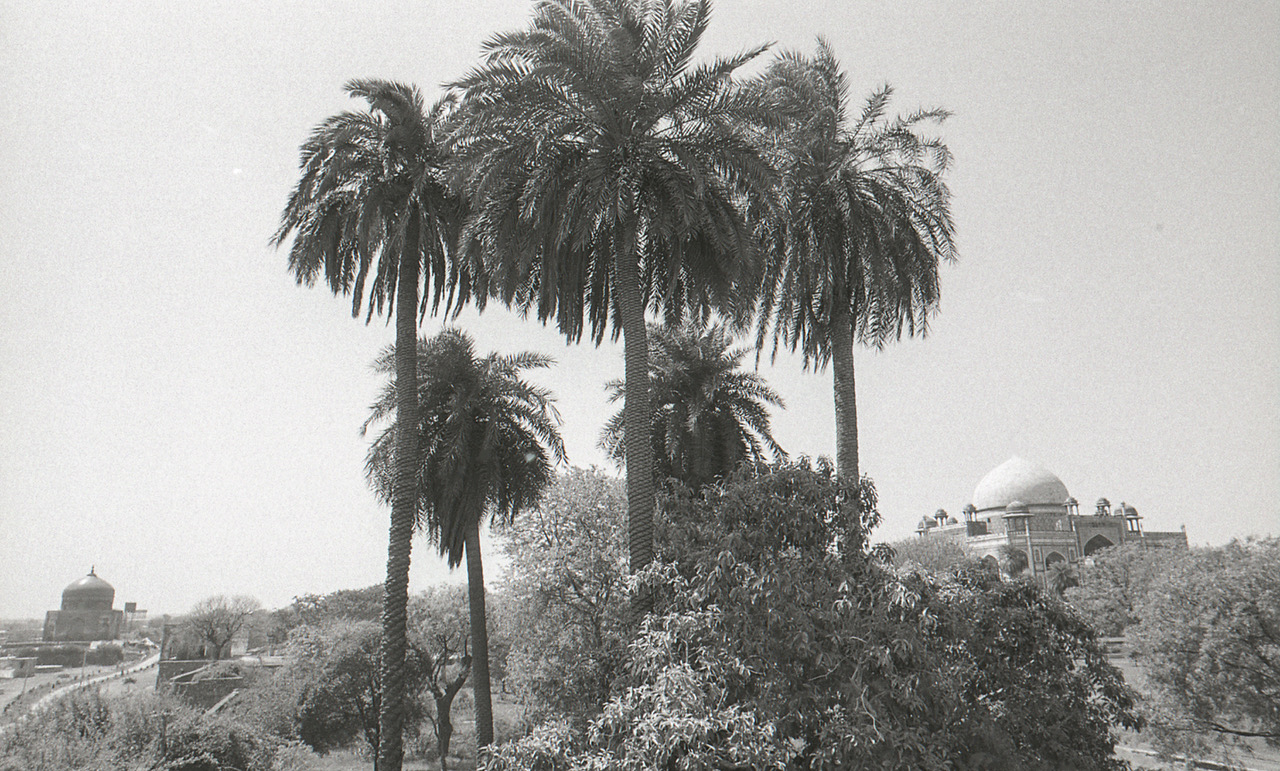
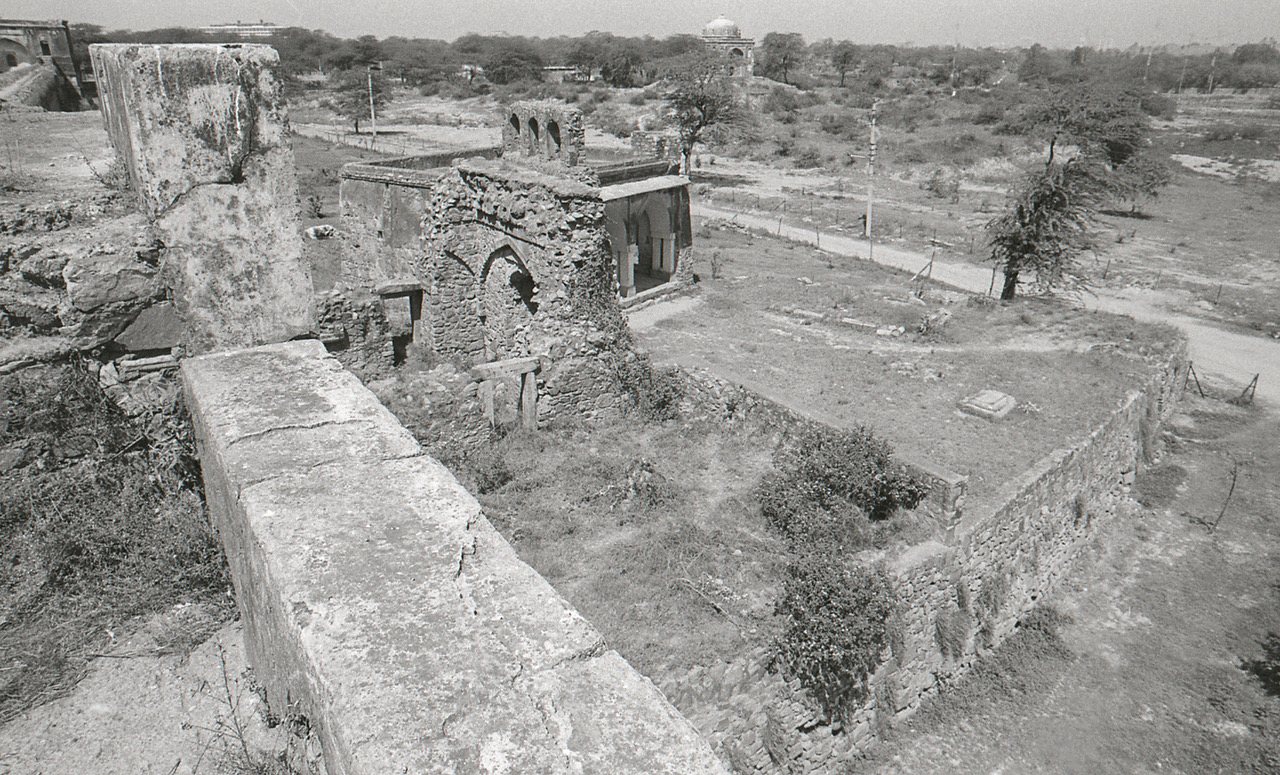
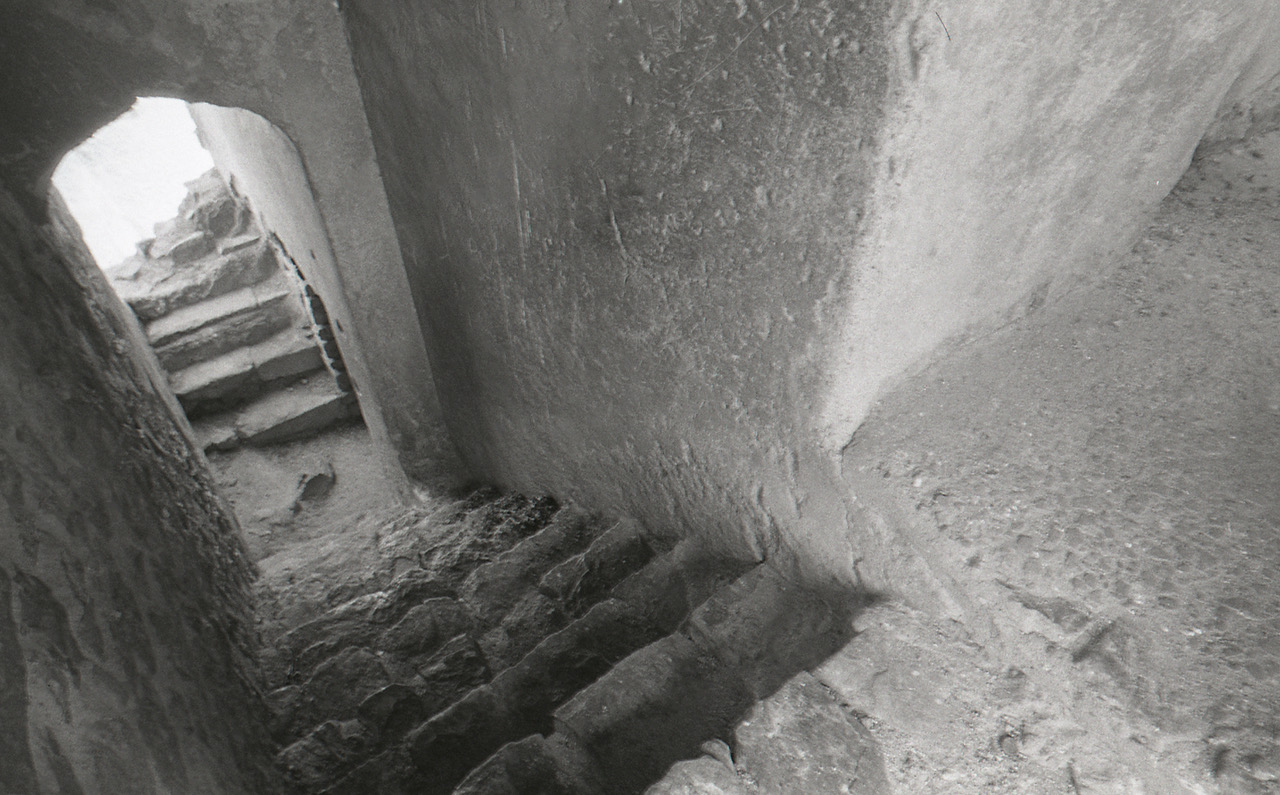
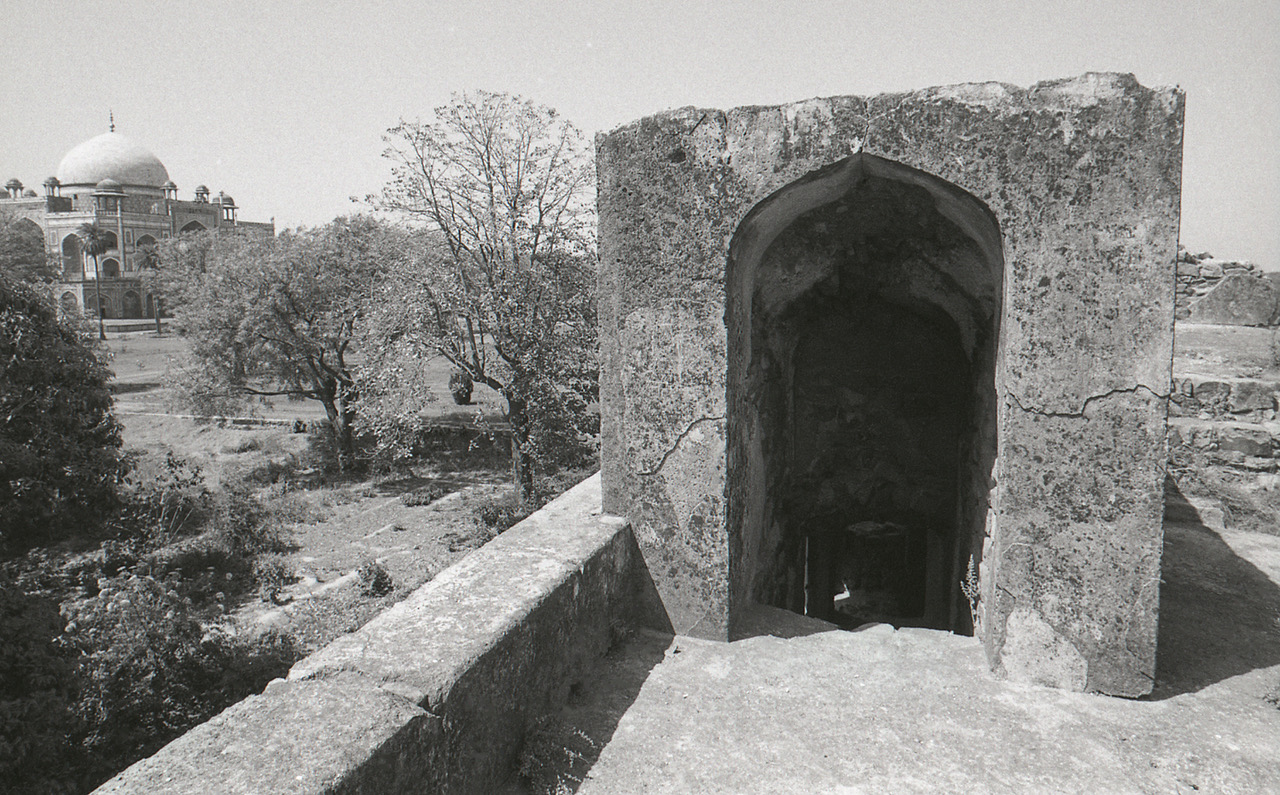
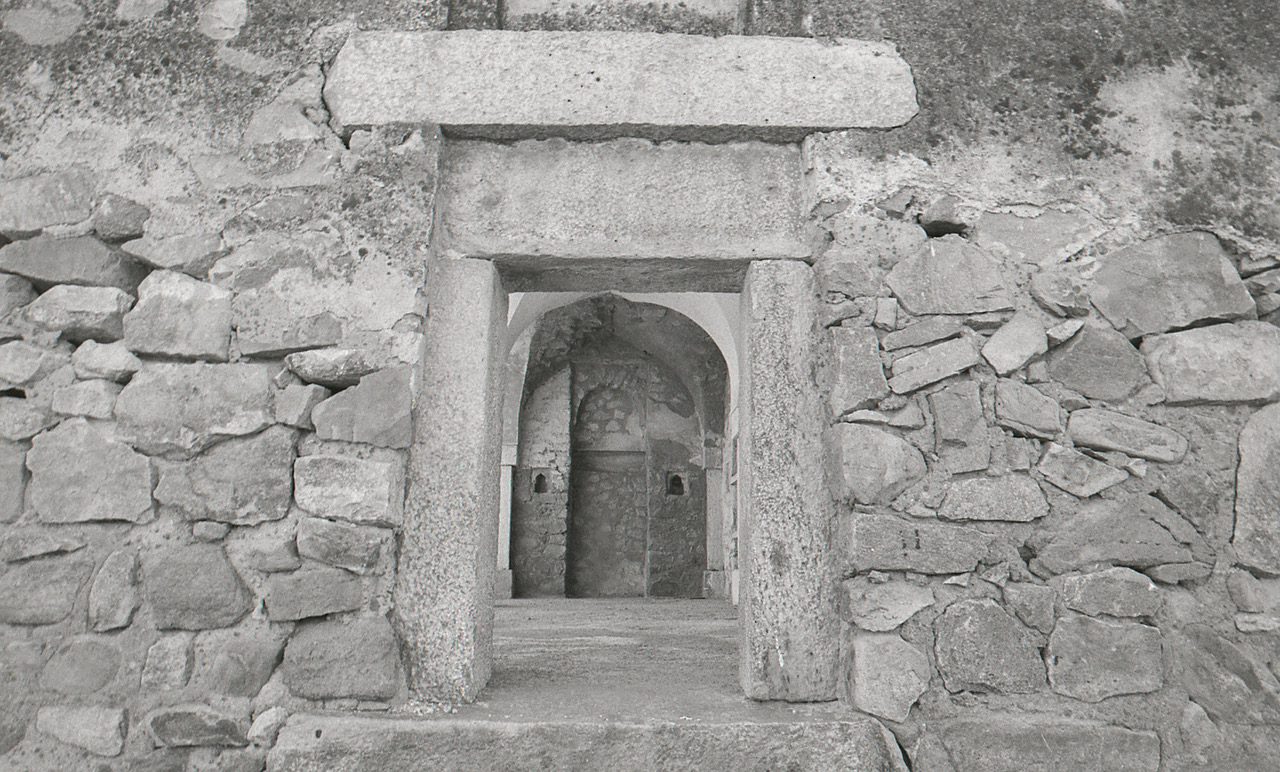

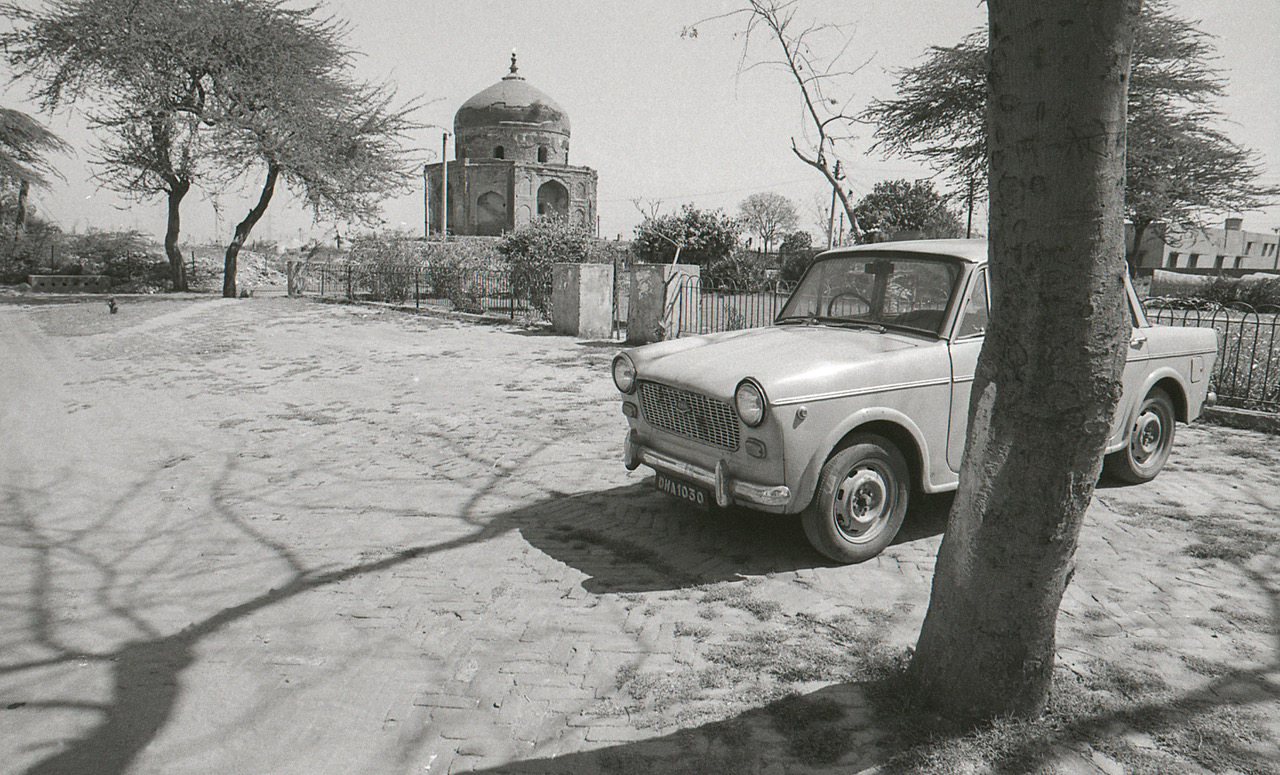
—
Sunil Gupta was born in 1953, in New Delhi and is a Canadian citizen. He completed his MA at the Royal College of Art, London, England, and received a PhD from the University of Westminster, England. He has been involved with independent photography as a critical practice for many years focusing on race, migration and queer issues. In the 1980s, Gupta constructed documentary images of gay men in architectural spaces in Delhi, his “Exiles” series. The images and texts describe the conditions for gay men in India at the times. Gupta’s recent series “Mr. Malhotra’s Party” updates this theme during a time in which queer identities are more open and also reside in virtual space on the internet and in private parties. His early documentary series “Christopher Street” was shot in the mid-1970s as Gupta studied under Lisette Model at the New School for Social Research and became interested in the idea of gay public space. His work is represented by Hales Gallery (New York, London), Stephen Bulger Gallery (Toronto) and Vadehra Art Gallery (New Delhi).
